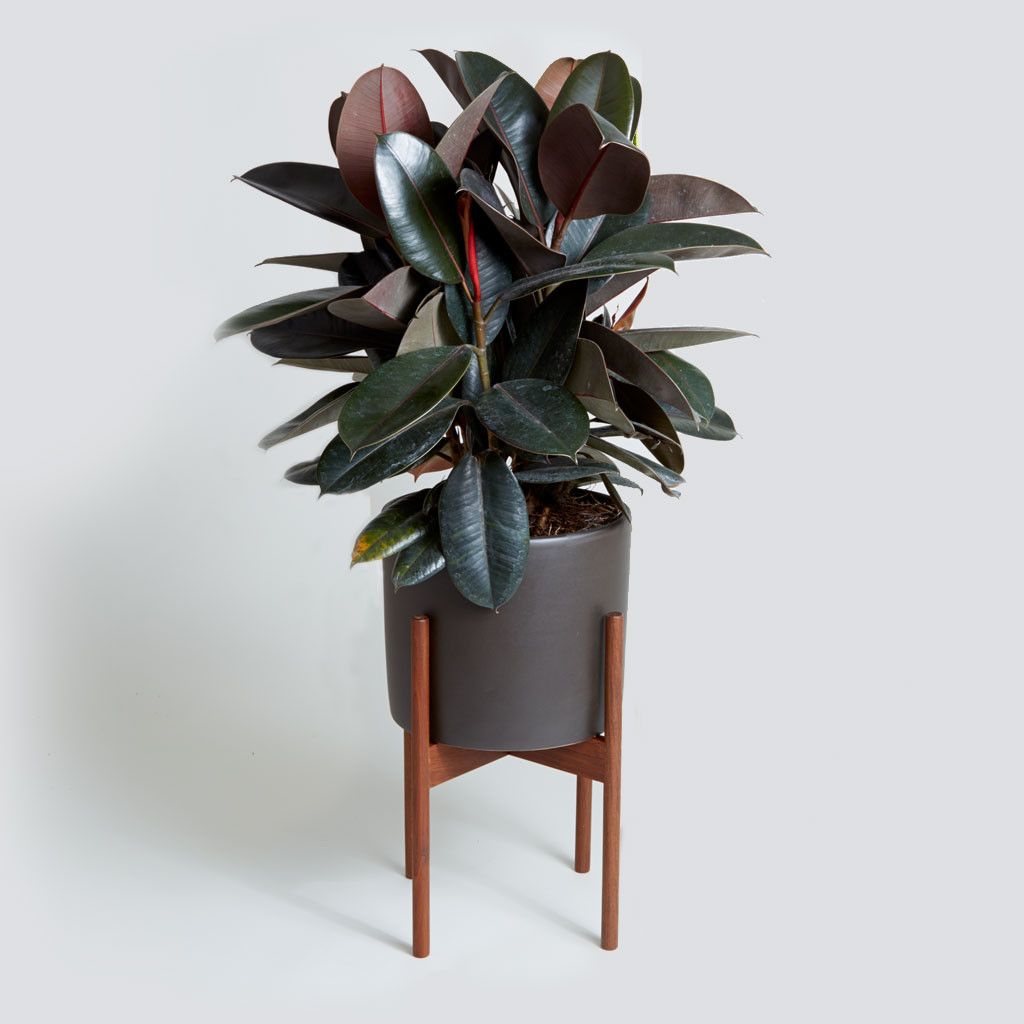by : Adrian Foran
Naas Community Library
According to Study NASA’s Clean Air Study which was designed to find ways to clean the air
in sealed space stations, plants can be effective in absorbing carbon dioxide, releasing
oxygen into the air, and removing pollutants like benzene, formaldehyde, and trichloroethylene. These chemicals can become concentrated in the home and houseplants can help to clean the home and rid it of these chemicals. Not all house plants are the same and they all do different jobs in the home, so I have come up with some houseplants that are great to have and that are readily available in shops, so you can easily locate and buy them for your home. As well as cleaning the air, they look great and bring life to each room.

Bamboo Palm
This fast-growing houseplant looks majestic and is safe for children and pets. It will add moisture to the air in the dry winter months and it thrives in indirect sunlight away from any cold drafts. Take
care of it by keeping the soil moist and misting its leaves.

Snake Plant
Ideal for your bedroom, this plant is unique in its
ability to release oxygen at night. Snake plants are
also capable of producing enough oxygen in an air-
sealed room for people to breathe normally. It’s one
of the best plants for filtering the air of formaldehyde, xylene, benzene, toluene, and
trichloroethylene. Water it about once a week, being
sure to let the soil dry in-between watering, and keep it by a window. Easy to find in garden centres and supermarkets.

Boston Fern
A mass of lush foliage helps this plant to scrub the air of toxins in a room and improve humidity. With a bit of regular misting and watering it should thrive.

Draceana plant
This drought-tolerant plant is good for beginners. It thrives in
light. Wipe the underside of the leaves regularly with a damp
cloth to make sure it can properly filter your air. Place it in a
semi-shaded area and mist the soil with room-temperature
water, rather than drenching. Careful, it’s not pet-friendly so
should be used in a pet free house only.

Spider Plant The well-known Spider Plant is also a champion cleanser of air. The NASA tests showed it removed around 90% of the potentially cancer-causing chemical formaldehyde from the air. Since formaldehyde is found in common household products like adhesives, grout and fillers, it’s a good idea to keep one of these plants around your kitchen and bathroom especially. It is safe for pets and children.

Rubber Plant
Bred for toughness, this is the plant to choose if the room doesn’t have a lot of natural light. Its architectural form makes it a designer’s favourite and its simple, large leaves look good in most places. Especially good at removing formaldehyde, one of the most common toxins found in our indoor air.

Weeping Fig The Weeping Fig is perfect for filtering pollutants such as formaldehyde, benzene, and trichloroethylene that typically are in carpeting and furniture. They can be a little expensive and are usually found in offices and larger buildings. They can be seen growing in warmer countries outside, as part of the landscaping in parks.
There are many other plants available for indoor settings. Any plant in your house will
brighten up the space and bring the outdoors indoors. For more information, you can access
the NASA Interior Landscape Plants for Indoor Air Pollution Abatement Study at the
reference below.








Leave a Reply